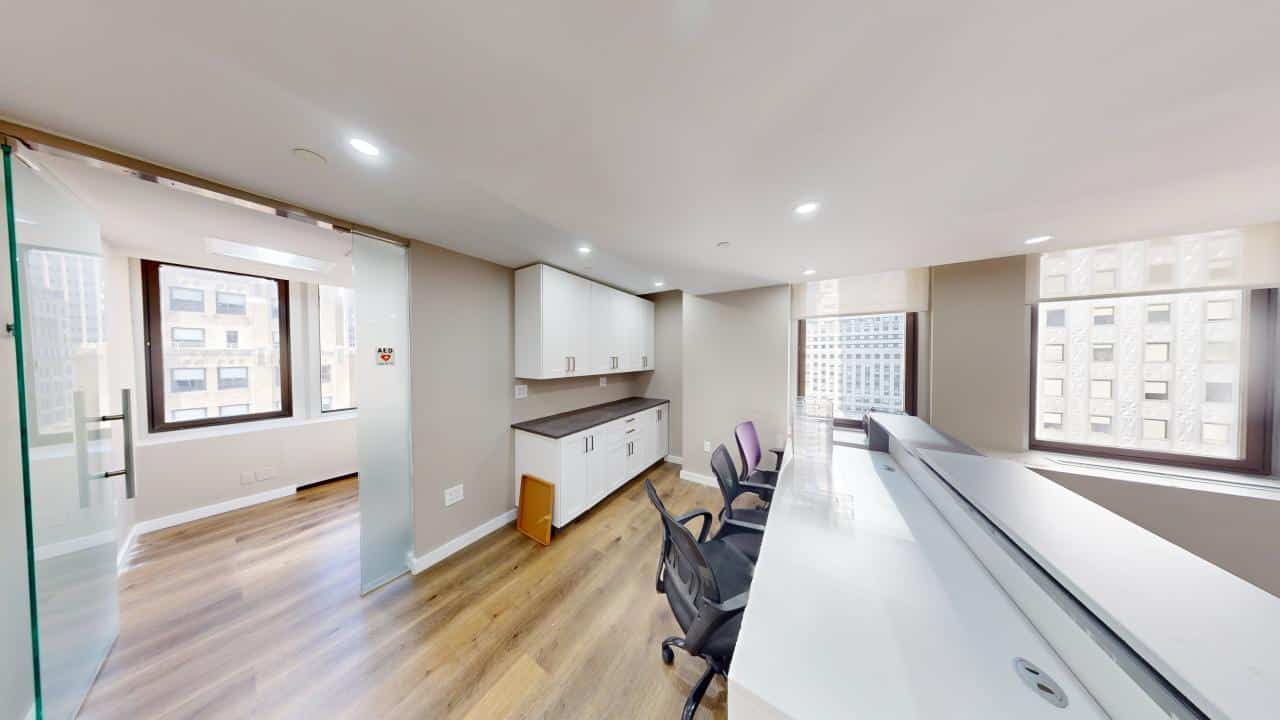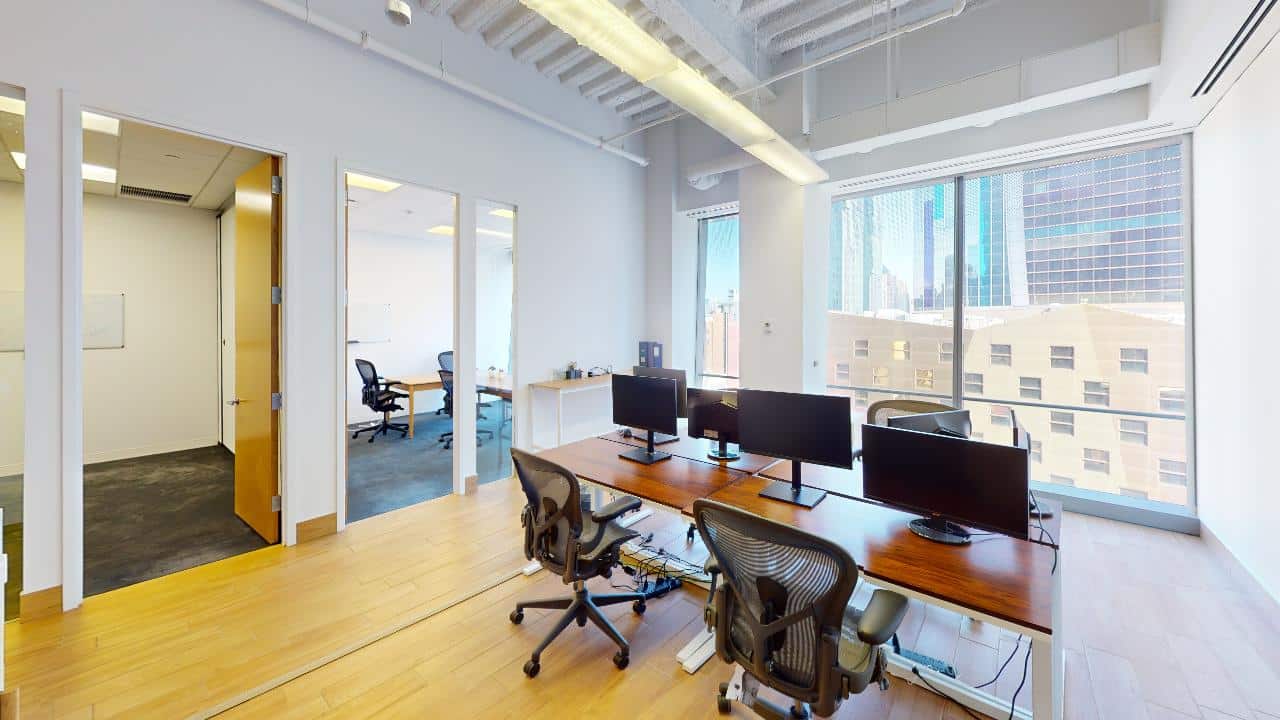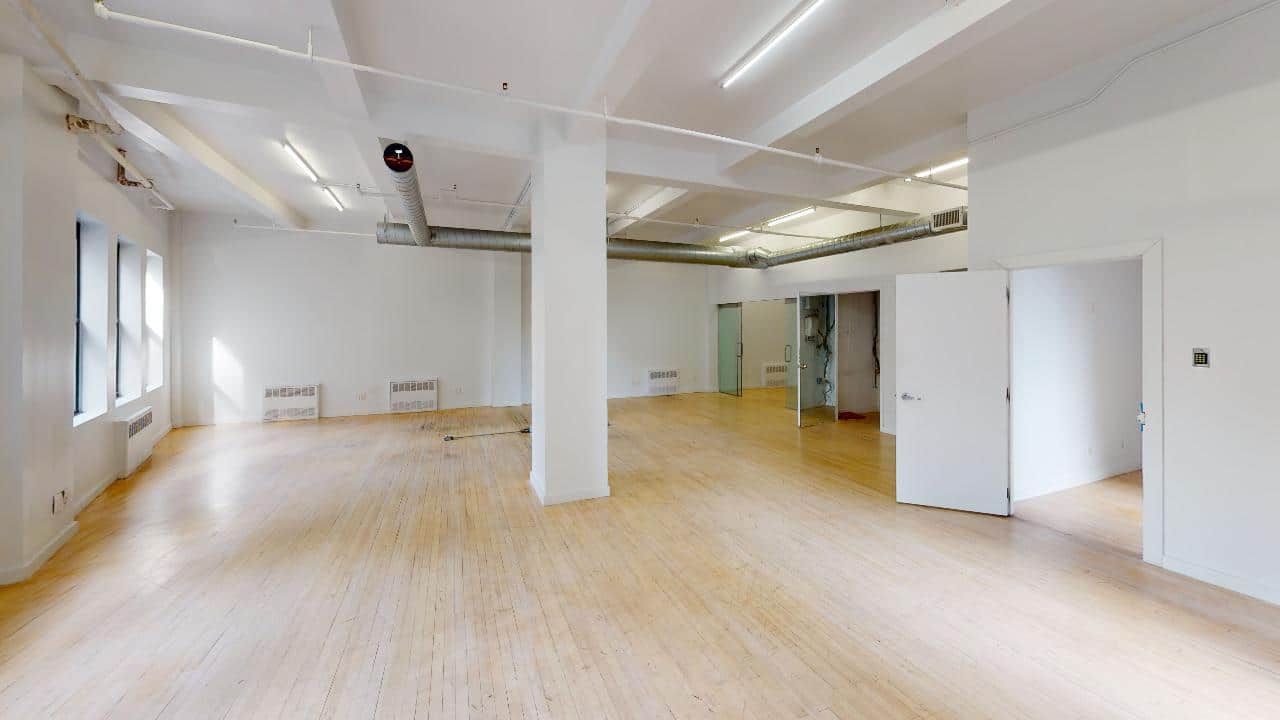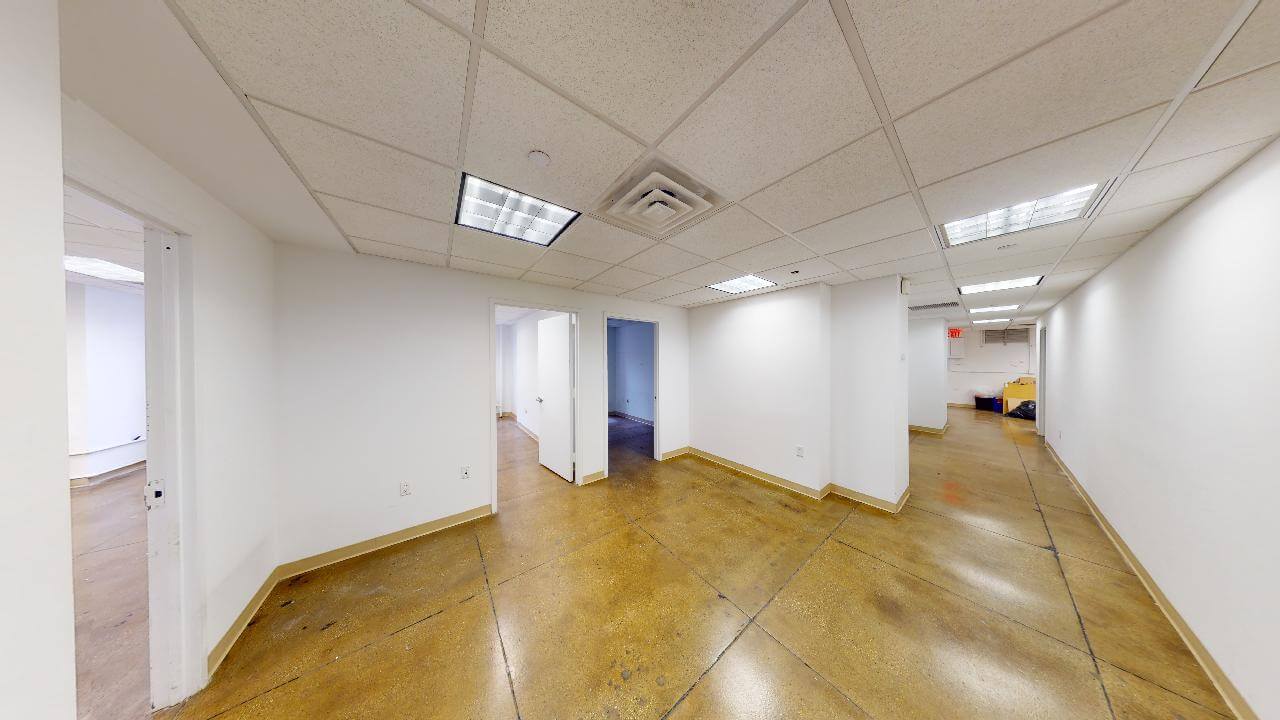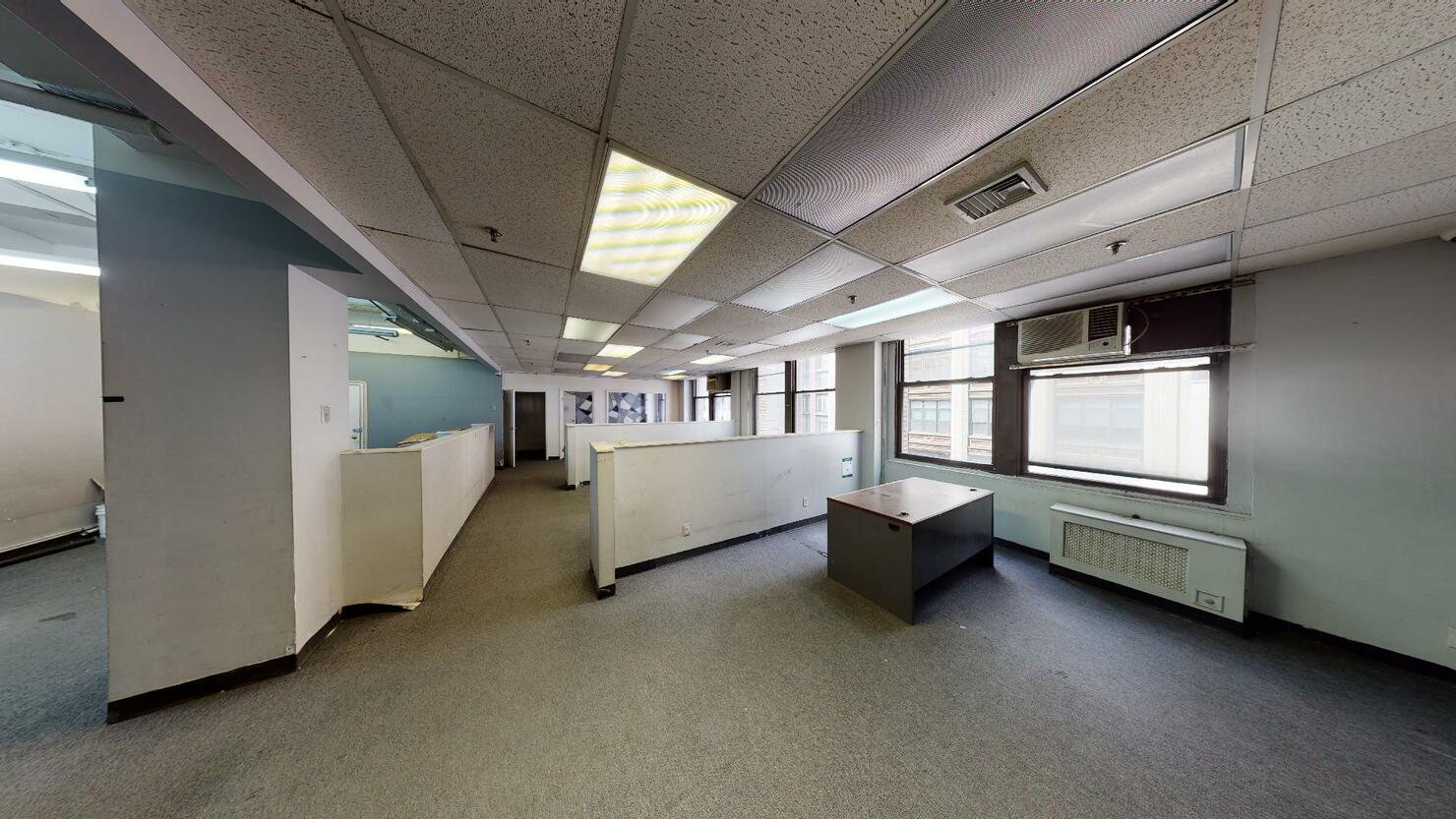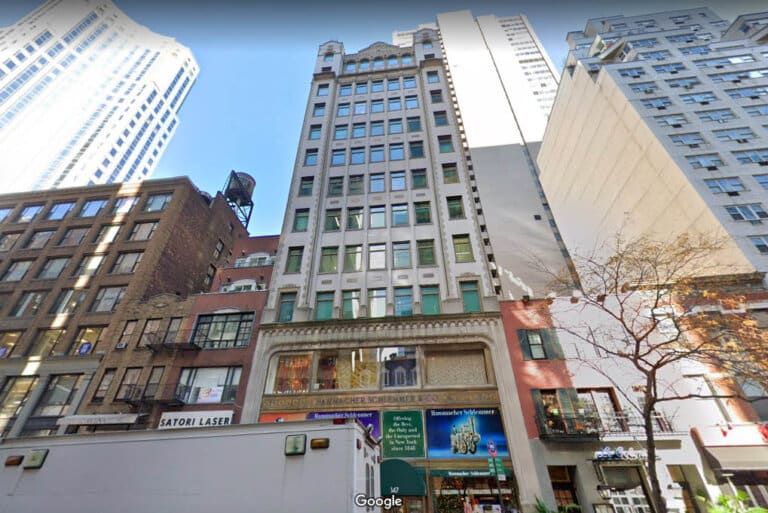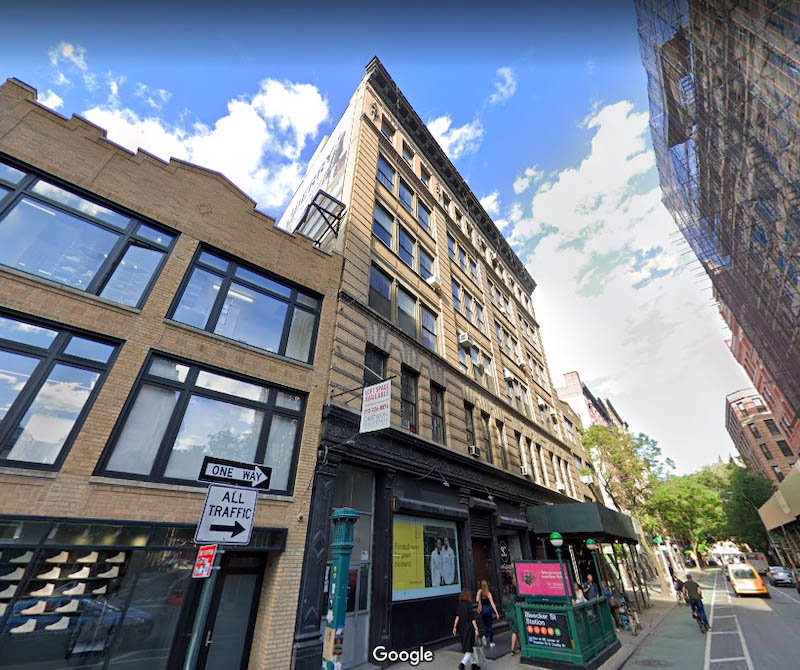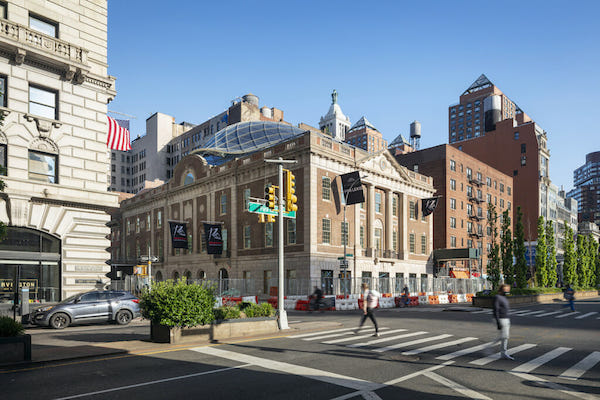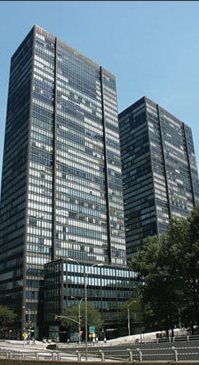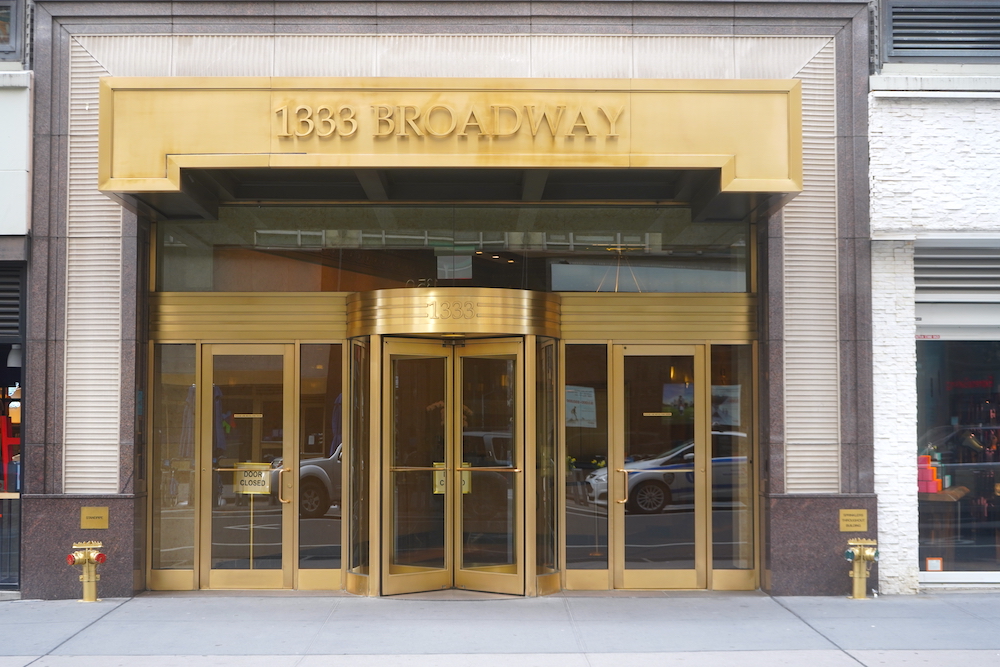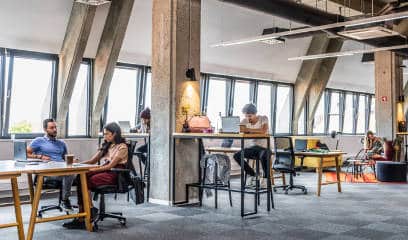The office environment continues to transform as we approach 2024. Say goodbye to the days of one-size-fits-all coworking spaces led by giants like WeWork. Today, the corporate terrain is evolving rapidly, adapting to new demands for flexibility, privacy, and adaptability. It’s here where flexible office spaces and platforms like Trotflex come into play, providing flexibility for private demised office space.
Trotflex isn’t just another coworking solution; it represents a significant shift in how we view our offices. While traditional coworking spaces once appealed to startups craving networking and open environments, Trotflex addresses a new need – companies increasingly seeking to downsize, opting for private, demised spaces that allow them to maintain a physical presence with the branding benefits and privacy associated with a demised space.
The Rise of Flexible Office Spaces
Nowadays, the office isn’t just a workplace. Instead, it’s a concept that’s always getting redefined. As we live day to day in this new normal, the rise of flexible office spaces stands out as a defining trend, reshaping our ideas of what a workplace can be. Demand is surging. In 2021, the global flexible office market had a $54.10 billion valuation. Yet, by 2030, it’s expected to snowball to roughly $200.14 billion at a 19.16% CAGR.
Traditional Coworking vs. Flexible Spaces
Remember the buzz around coworking spaces? They were the playgrounds for startups and freelancers, buzzing with networking and collaboration. But as our world changed, so did our needs. Now, there’s a growing demand for something different – flexible, private spaces that cater to a more diverse array of companies, especially those downsizing or seeking less permanent setups. It directly responds to a fundamental shift in how we work and what we expect from our workspaces. These companies might not know exactly where they want to be. Still, they desire a private space while also valuing flexibility. Until recently, there wasn’t a market for this. But now? Flexible workspaces account for 5% of office inventory but over 15% of space demand. 69% of companies plan to reduce traditional office space as they shift to flexible options, and 50% expect to shutter 25% or more of traditional offices in coming years.
The Concept of Trotflex
The concept behind Trotflex is one that directly addresses the burgeoning market for flexible office spaces. Trotflex’s vision extends beyond merely providing a desk or a room; it’s about redefining the essence of office leasing into a more license-based model. Their model is both straightforward and groundbreaking, offering tenants a private demised space with its own entrance and short-term licenses that allow companies the flexibility to adapt without the constraints of long-term leases. Trotflex offers businesses seeking space a solution that is as dynamic and adaptable as their changing needs, enabling them to license office space through a process as simple as shopping on Amazon with your phone. This approach is valuable for new startups that don’t want shared space.
Licensing Agreements: A New Approach
Let’s now unpack Trotflex’s innovative licensing agreements, which introduce a new approach to office leasing and align perfectly with the dynamic needs of modern businesses.
The Structure of Trotflex’s Licensing Agreement
Trotflex’s licensing agreement structure makes the real estate market much simpler. Unlike traditional leases, these agreements are concise and straightforward, focusing on short-term, renewable contracts. This structure offers significant advantages for both parties involved. For tenants, it means adapting to changing business landscapes without being tied down by long-term commitments. On the other hand, landlords can market spaces occupied by Trotflex tenants for longer term leases. The short term commitment is bilateral. Renting Trotflex spaces can generate rental income while the landlord markets a space for a long term lease.
Legal and Financial Implications
Compared to traditional leases, Trotflex’s licensing agreements present a more streamlined legal framework. One notable aspect is the ease of eviction. This process can be executed within days, not months, providing landlords greater security and turnover capability. For tenants, the financial benefits are equally compelling. With reduced upfront costs, no requirement for hefty security deposits, and the flexibility to renew every few months, businesses can better manage their cash flow and reduce financial risks.
Market Evolution and the Role of Technology
The office space market is evolving rapidly, reflecting the need for adaptable, hassle-free solutions. In this environment, WeWork’s fall highlights key lessons, while Trotflex’s technology streamlines how we use office spaces.as
Market Changes and Demand Shifts
The shift towards flexible office spaces reflects the current market’s demand for adaptable and hassle-free real estate solutions in an unpredictable environment. Consequently, the collapse of WeWork exposed significant flaws in the coworking sector and provided valuable lessons. WeWork’s downfall, resulting from an unsustainable business model, inadequate governance, and prioritizing ambitious growth over profitability, underscored the need for sustainable business practices. Furthermore, it emphasized the importance of solid governance from the start and prioritizing profitability. Therefore, this situation highlights a broader narrative: in seeking flexibility and innovation in office spaces, strike a balance between bold ideas and sustainable, grounded business strategies.
Trotflex’s Platform: Bringing the Amazon-Effect to Real Estate
Technology is profoundly revolutionizing real estate and tenant behaviors, from AI and machine learning to analytics. However, Trotflex exemplifies real estate’s technological evolution with a website that makes listing and finding flexible workspaces as easy as shopping on Amazon. Here’s how:
- Ease of Access: The website provides a straightforward platform for building owners to list available spaces for short-term rental. This feature is akin to how sellers on Amazon list products, making it user-friendly and accessible.
- Simplified Legal Process: Trotflex uses licensing agreements instead of traditional leases. This simplification echoes the user-friendly experience of Amazon’s checkout process, making legalities more manageable for both landlords and tenants.
- Flexible Terms: The website’s licenses, expiring every three months with renewal options, offer flexibility reminiscent of Amazon’s customizable shopping experience.
- Cost-Effective: Trotflex’s commission-based payment system, where only 10% gets deducted on successful agreements, aligns with the cost-effective strategies of online retail giants.
- Additional Services: Like Amazon offers various additional services, Trotflex’s website provides furniture and technology rentals through local partners. This feature makes moving as convenient as receiving an Amazon package at your doorstep.
Potential Real-World Applications
The concept of flexible office spaces isn’t just theoretical; it has tangible, real-world implications that could revolutionize how we think about workspaces.
Business Adoption of Flexible Spaces
Imagine a startup on the cusp of expansion but hesitant to commit to a long-term lease due to market uncertainties. Flexible office spaces, like those offered by Trotflex, become a viable solution, offering the agility to scale up or down as needed. Or consider a project-based team from a large corporation needing a temporary workspace in a different city. They could turn to flexible spaces for a practical, short-term office solution without the hassle of traditional leases.
Landlord Perspectives
For landlords, this model opens new doors. They can tap into a wider market by offering flexible leases, appealing to a broader range of potential tenants. This approach can lead to higher occupancy rates and reduced vacancy periods. However, it’s not without challenges. The frequent turnover of tenants might increase management demands, and the variable income stream may require more dynamic financial planning. Despite these challenges, the potential for increased market reach and maximized space utilization makes this an attractive option for forward-thinking landlords.
Future Trends and Predictions
As we look ahead, the landscape of office spaces is poised for significant changes, shaping the future of work and real estate.
The Growing Prevalence of Flexible Offices
Landlords will always need predictable rent to pay expenses. So the majority of tenants in a building will still be long term tenants with traditional leases. However, there will likely be more flex space. While landlords are marketing a space they may put it on platforms like TrotFlex to attract temporary tenants and generate income. That sums up why Trotflex could experience substantial growth as more businesses seek adaptable, short-term office solutions.
Long-term Impact on the Real Estate Market
Flexible office spaces could fundamentally reshape the commercial real estate market. They offer a solution to the high vacancy rates and rigid structures of traditional office leasing. However, this shift comes with challenges. Real estate developers and investors may need to rethink their strategies to accommodate shorter leases and more fluid tenant relationships. On the other hand, this shift presents opportunities for innovation in lease agreements, building design, and tenant services.
The Key Takeaways
As 2024 approaches, we’re witnessing a seismic shift in office spaces. The rise of Trotflex symbolizes a shift in office culture – from shared coworking spaces to flexible, private ones. This change caters to a need for customizable work environments and is ushering in a new era where office spaces are not just communal but uniquely tailored, adapting to each business’s specific needs. Moreover, this evolution points towards a future where our workspaces are personal sanctuaries. With the dynamic nature of today’s real estate market. It’s exciting to see what the future holds.

